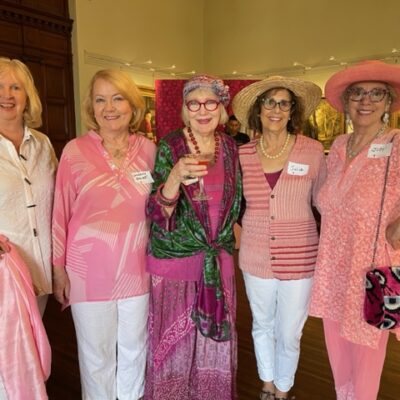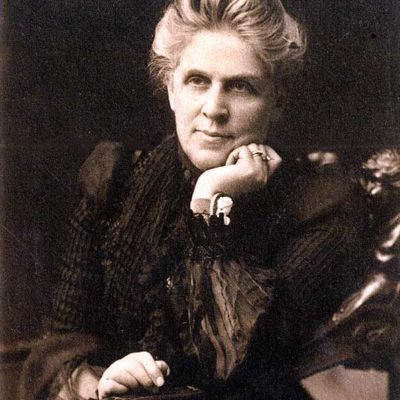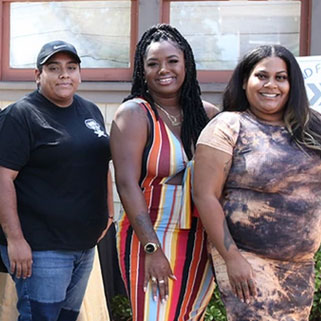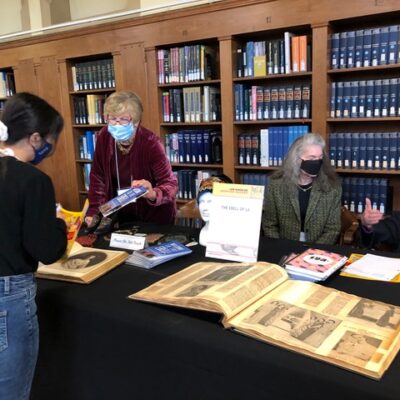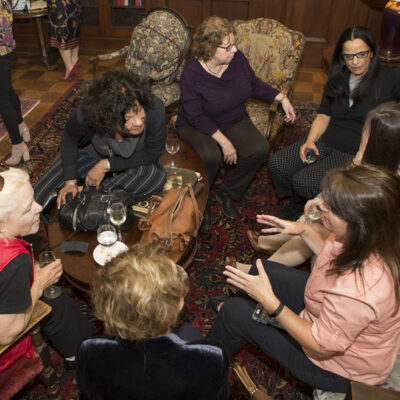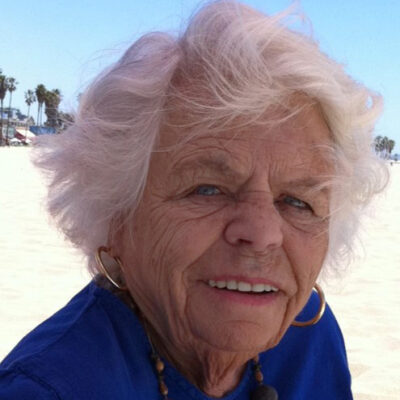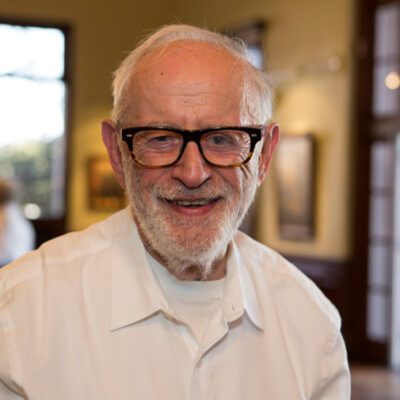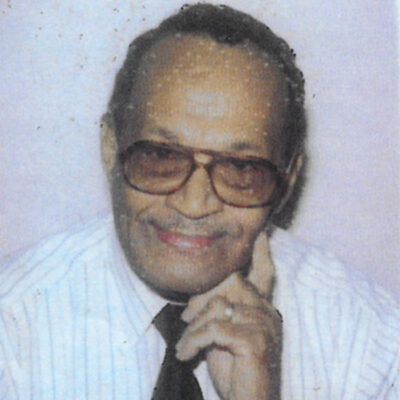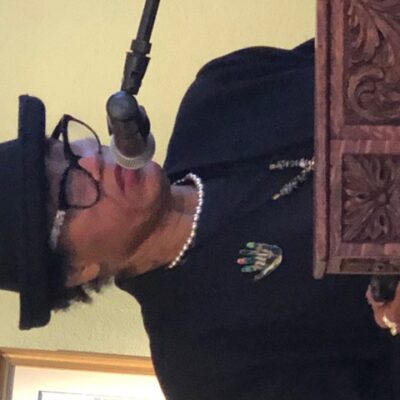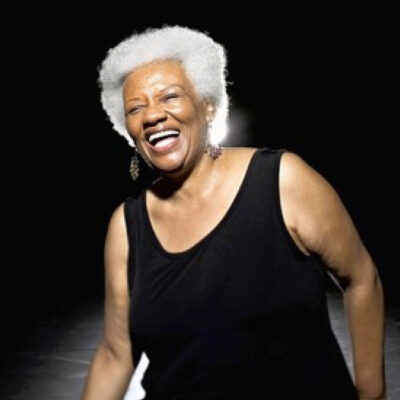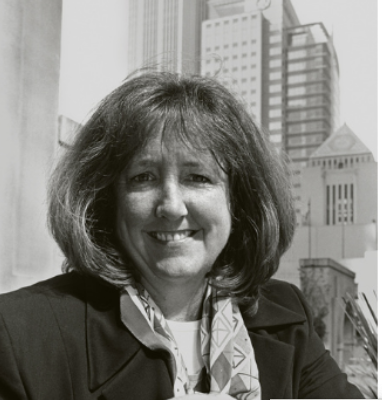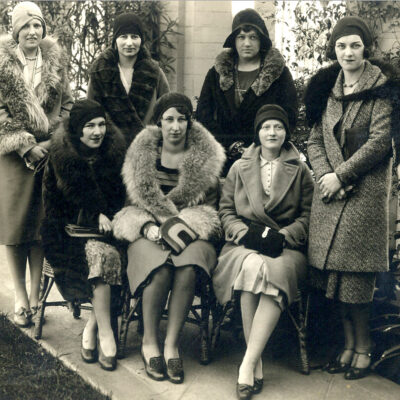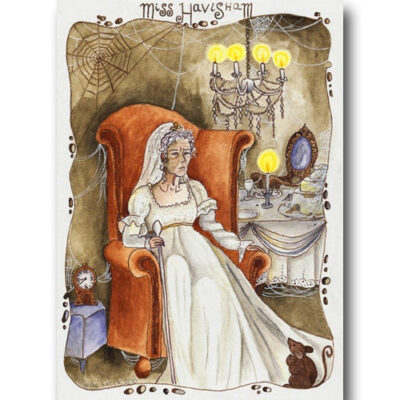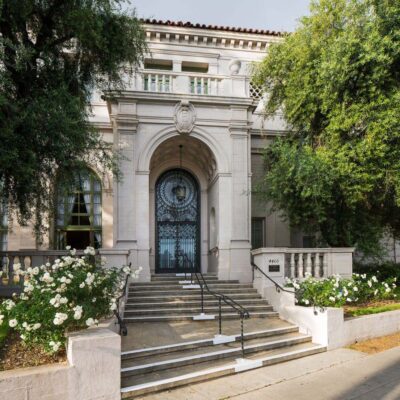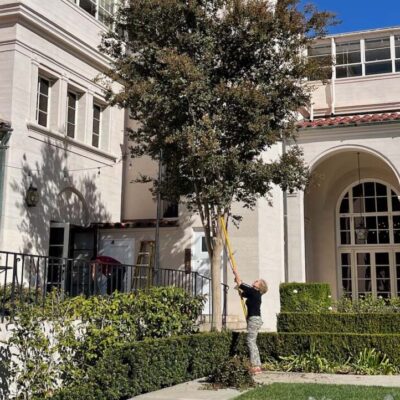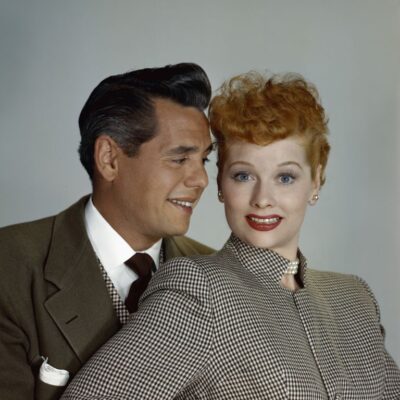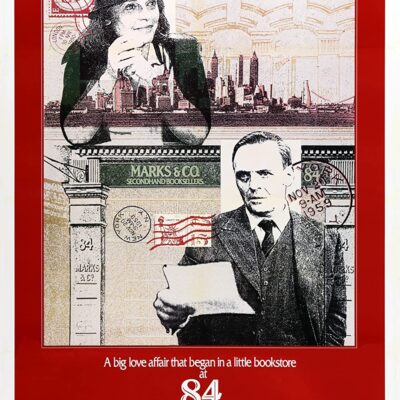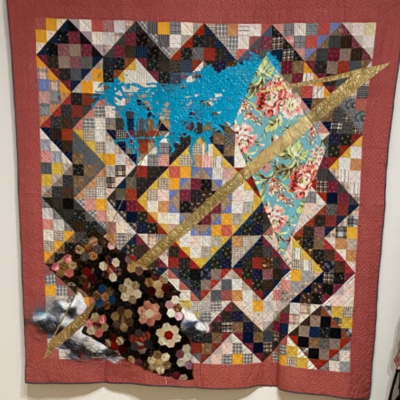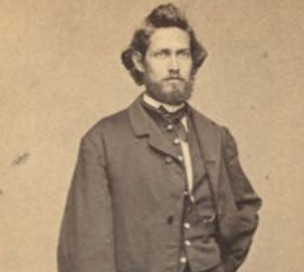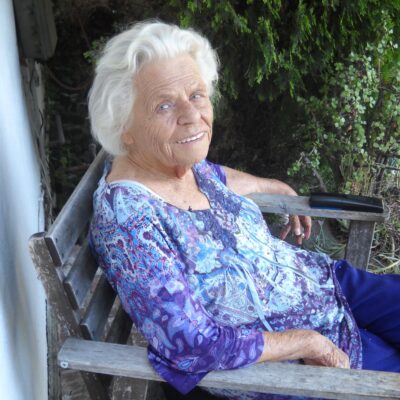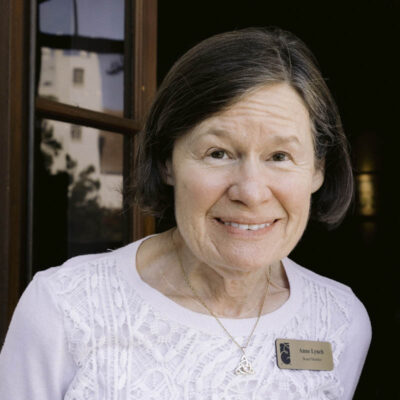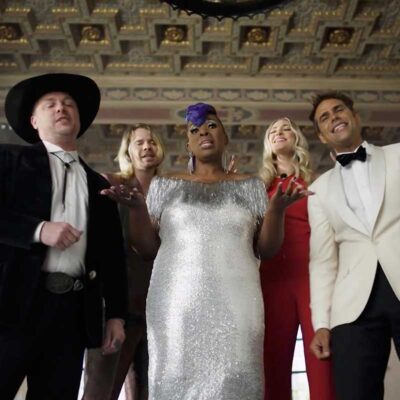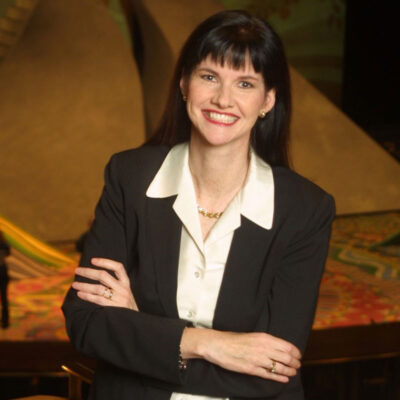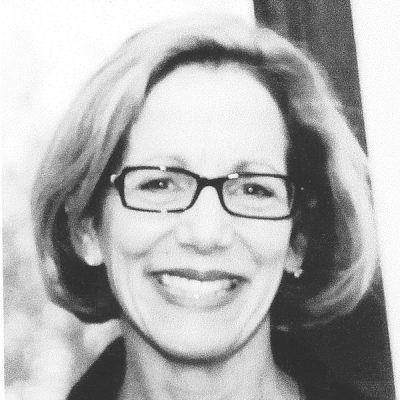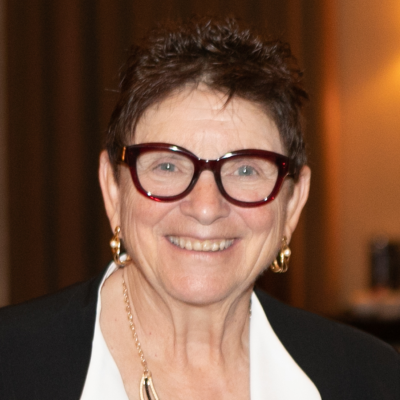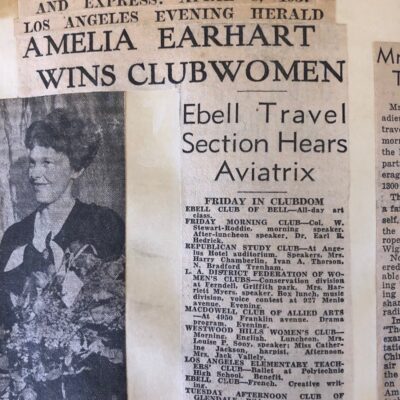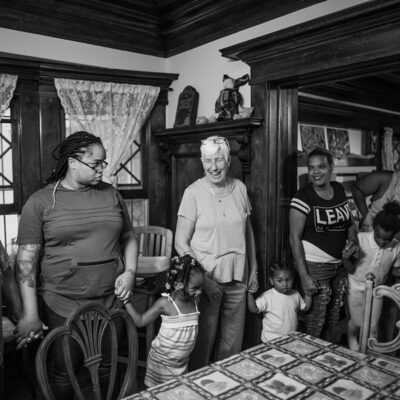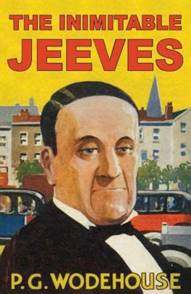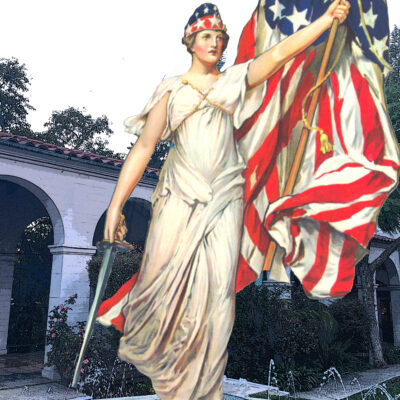
Betty Jean Shea, the 51st President of the Ebell, was born in 1934. The largest part of her story before her 32 years of membership in The Ebell, is drawn today from an interview conducted by Slate Magazine a few years ago that was intended to shed light on the other eight women who attended Harvard Law School with Ruth Bader Ginsberg. Among them was Betty Jean Shea.
Betty Jean graduated from high school in Scarborough, New York, at the top of her class, and then attended Wellesley College where she graduated with honors. In her senior year at Wellesley she had dated a law student from Harvard and would often accompany him to his Saturday morning classes. Not your typical date, but Betty Jean was not typical. Betty Jean broke up with the boyfriend, but during their association she had become, as she put it, “hooked on the Socratic method.” She therefore decided to apply to law school and never intended to go anywhere but Harvard. When asked by a skeptical male classmate why she had chosen Harvard Law School, she simply replied that she hadn’t been able to find a better one.
Justice Ginsburg, in her extended interview for the Slate article, said, that of all the women in her class, she was most impressed with Betty Jean Shea because Betty Jean had earlier been both a model for the Conover Agency and an actuary. As a high school student, Betty Jean, though probably not a certified actuary at age 16 or 17, had worked for the actuarial department of the New York Savings Bank and Life Insurance Fund.
On her first day at Harvard Law, Betty Jean met Bob Shea, the man who would become her husband three years later. The two supported each other throughout their careers as equals and, Betty Jean said, always made decisions based on what would be mutually beneficial.
Betty Jean’s first major job after graduation from law school was as an attorney for the Federal Reserve Bank in New York. It was, she said, the best job she ever had, but even there she faced discrimination and the patronizing behavior that was already familiar from Harvard law. Once, when attending a luncheon as a speaker at the all-male New York stock exchange, she was required to take a freight elevator to a separate entrance because the regular elevator was for business, in other words, for men. Afterwards, she called up the president of the New York Federal Reserve, whom she did NOT personally know, to complain. He promised not to send more speakers to the exchange until they changed the policy. They did change the policy and Betty Jean returned there many times.
When Betty Jean and Bob moved west, Betty Jean found it difficult to get interviews , but she had nearly obtained a job in the legal department for a San Francisco bank, when, after an in-person interview, she was rejected. In retrospect, Betty Jean felt she may have come on as “too strong or, perhaps, a little arrogant”, but by that time, she said, she was “used to being listened to.”
She finally accepted a position at Wells Fargo Bank where she stayed for 20 years, heading the bank’s law department for Southern California.
After retirement, Betty Jean devoted considerable time to raising and showing Salukis, a breed of dogs related to greyhounds. Our member Sandy Boeck provided this information and included with it a description of Salukis, said to be “model thin, very intelligent, fast as the wind, and slightly aloof”, a description that bears some affinity to Betty Jean herself. The rest of her time was spent volunteering and this is where her story with The Ebell really begins.
In 1990, she joined The Ebell, and, like Gloria before her, soon became, as an article in the Ebell magazine noted, “an integral part of the club.”
In short order she was elected to be Recording Secretary on the Board and became Board President in 1994. During Betty Jean’s presidency, The Ebell was under considerable economic stress and Betty Jean researched and proposed a strategy of separating The Ebell Club from its rental operations so as to achieve tax and revenue advantages. She was instrumental in obtaining our 501c3 tax status as a non-profit organization. This was done initially by separating into two entities, the Ebell Club and the Ebell Operating Company. For a period of time, the Board functioned in effect as two boards, one for the operating company and one for The Ebell. After about four years, tax laws had changed such that the two sides of The Ebell could be reunited into one whole without negative fiscal consequences.
Betty Jean served as Theatre chair and as chair of the Rest Cottage Association and she continued her long engagement with the club’s philanthropies as a member of the Scholarship Committee. She attended events with a special fashion flair, from gala evenings to scholarship luncheons and the burial of the Ebell time capsule that was a part of the Centennial celebration.
Betty Jean became an avid supporter of The Ebell’s Historic Preservation Fund and her donations made it possible to begin the restoration of our Fine Art Collection. In an indication of her continuing interest in the Theatre, she contributed the funds to provide the Theatre with a portable dance floor.
For the last several years, Betty Jean’s health was precarious and though she was an Ebell life member, we saw her less and less here at the campus. Her dear friends at The Ebell, Gloria Droguett and Sandy Boeck, sustained their friendships through her last years, in her own home on Arden.
Sandy Boeck, an Ebell member since 1982, and a most knowledgeable long-time realtor in the area, shared these reminiscences about Betty Jean:
“Betty Jean and her husband Bob Shea lived across the street from my childhood home in Hancock Park. They hosted memorable Twelfth Night parties every year! Continuing the tradition, we invited her and a few friends to our home as well. I represented her when she sold her Las Palmas house and then assisted her in purchasing a home on Lillian Way in Larchmont. Betty Jean later moved to a small house on the grounds of Kingsley Manor, a residence for seniors, but she was unhappy there, and within a few years, I represented her in the purchase of the home on Arden where she lived until her passing.
“I was amazed at the renovations she made at each home. Contractors told her that what she wanted couldn’t be done, but she carefully explained to them how her plans could be executed, illustrating her ideas with paper and pencil. For example, on her first house, she changed the access to the basement from behind a door to a long center table in the kitchen with a sliding top, which when open revealed the new stairway to the basement! The original stairwell space was converted into a pantry. In her last home, she designed a corridor with a guest closet and a powder room!
“She was a brilliant, talented and glamorous woman!”
Kay Balue, Ebell President from 2002 to 2004, wrote this about Betty Jean Shea:
“Betty Jean, as an attorney, was a stickler for proper phrasing and punctuation. She’s the one who drilled us all on the fact that the “T” in The Ebell had to be capitalized since it is part of The Ebell’s proper title. Betty Jean also had an experience in the 1970’s at the California Club – for men only – when, though she was an attorney for Wells Fargo, she was asked (a now familiar story) to use the back elevator to get to a meeting. She refused and threatened to leave. They finally allowed her to use the front elevator. She could be a real tiger when her dander was up!”



















